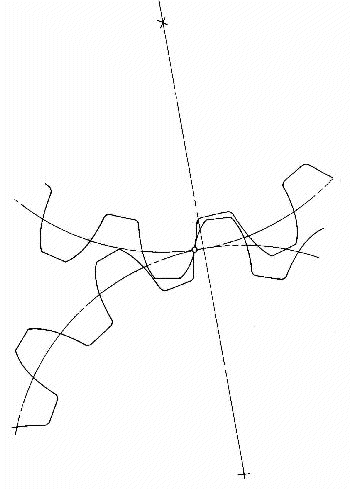Antikythera Mechanism
Today, we find a 2000-year-old computer on the ocean floor. The University of Houston's College of Engineering presents this series about the machines that make our civilization run, and the people whose ingenuity created them.
Just before Easter in 1900, six Greek sponge divers and their crew were blown off course in the Mediterranean between the islands of Kythera and Crete. They dropped anchor by the tiny island of Antikythera, just southeast of Kythera.
So they decided to dive into those unfamiliar waters to see if they could find sponges. What they did find was the badly decomposed hulk of a trading ship that'd sunk around 80 BC -- just before Cleopatra, just before Imperial Rome.
This was the first ancient wreck ever found. So the Greek government sent the sponge divers back on a navy ship. They dove 140 feet down into the wreck. This was before scuba apparatus and breathing tanks! They dove for a year, bringing up statues, amphoras, and other trade goods. By the time they were done, one diver had died and two were permanently crippled.
As newspaper stories about the find turned into yesterday's news, scholars began looking closely at one item -- a badly corroded set of brass gears, cased in a wooden frame. But, in 1900, we didn't know how to preserve ancient wood when we took it out of the sea. The frame soon collapsed and broke apart.
They figured the gadget had to've been some kind of navigational astrolabe, and the fragments lay there in the museum. In 1973, Yale historian Derek de Solla Price finally published a monumental seventy-page study of the item. When he did, our whole view of ancient Mediterranean technology had to change.
From what we can read of the inscriptions on the gears we see this was a small planetarium, designed to calculate and display the position of the sun and moon. Its complex gear train was, in fact, a sophisticated analog computer.
To learn all that, de Solla Price used every tool of the metallurgist, radiologist, and engineering kinematician. The differential gear train in this old computer reminds me of the classic Model-T Ford transmission.
The gear teeth themselves are triangular. That's not very good gear design. Historians know that gearing was first invented in Hellenistic North Africa only about 200 years before. But they'd long assumed that the Greek knowledge of gears was primarily theoretical. Well, far from it! We'd been fooled again because so few original artifacts survive. Old brass gears have long since corroded or been melted down and reused.
But the heroic factory gears of WPA art and Charlie Chaplin's Modern Times weren't so modern as they once seemed to be. Now the great marvel of the late 20th century, the computer itself, turns out only to be a new wine in -- a very old skin.
I'm John Lienhard at the University of Houston, where we're interested in the way inventive minds work.
(Theme music)
de Solla Price, D., Gears from the Greeks: The Antikythera Mechanism -- a Calendar Computer from ca. 80 BC. Transactions of the American Philosophical Society, Vol. 64, Pt. 7, 1974, pp. 1-70.
See the Wikipedia article about the mechanism.
A translation of this episode into Macedonian is available here.
I am grateful to Fred Stahl, Wellington Systems, Norwalk, Connecticut, for suggesting an Antikythera episode and for calling the de Solla Price article to my attention. I am grateful to Eli Slawson from The Observatories of the Carnegie Institution of Washington for providing the following antikythera web site:
http://www.ams.org/featurecolumn/archive/kyth1.html

The Complex Shape of Modern Gear Teeth
Drawing by John Lienhard